Advertisement
Artificial Intelligence (AI) is often seen as a force that automates tasks and boosts company performance—but its true power lies in how it empowers people. In the modern workplace, AI is not just replacing repetitive labor; it's enhancing how employees work, learn, grow, and contribute to their organizations. From decision-making support to personalized learning, AI is transforming the employee experience and driving a more adaptive, engaged, and innovative workforce.
In this article, we examine how AI enhances employee productivity, facilitates collaboration, stimulates creativity, and facilitates more informed workplace decisions—all essential for thriving in the evolving digital age.
AI empowerment in the workplace refers to how artificial intelligence tools and systems support employees—not by replacing them but by amplifying their abilities. This includes streamlining workflows, providing real-time insights, enabling skill development, and reducing manual tasks. The result? Workers feel more capable, informed, and motivated.
IBM Watson supports consultants by quickly pulling relevant data for client solutions—cutting down research time, accelerating proposal development, and improving overall service delivery efficiency. Its natural language processing capabilities help uncover insights from unstructured data, giving consultants a competitive edge.
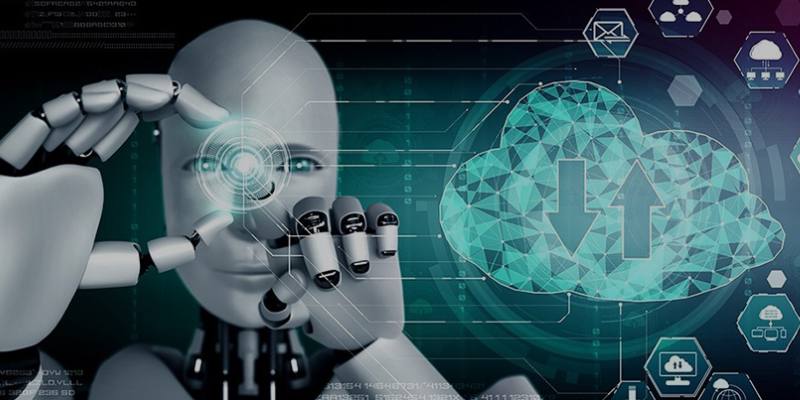
Salesforce Einstein equips sales teams with AI-driven lead scoring, enabling them to prioritize high-potential clients, predict deal outcomes, and automate routine tasks. This empowers more strategic outreach, improves conversion rates, and enhances customer relationship management with data-backed decision-making.
LinkedIn Learning utilizes AI to recommend customized learning paths tailored to a user's job title, career goals, and evolving skill needs. Analyzing professional trends and individual profiles enhances personalized development, reskilling, and upskilling at scale.
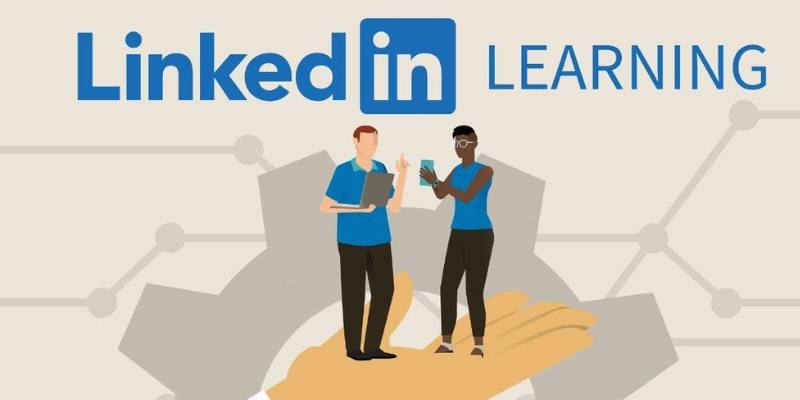
SAP SuccessFactors includes AI-driven tools to improve employee experience by supporting real-time engagement, personalized feedback, talent development, and internal mobility. The platform helps HR leaders align workforce planning with business goals through intelligent automation and predictive insights.
AI automates repetitive tasks such as data processing, email filtering, and scheduling. This reduces the time spent on low-value activities, allowing employees to focus on innovation, problem-solving, and customer engagement—improving overall output without increasing the workload.
Employees can access real-time dashboards and AI-powered reports that distill large volumes of data into actionable insights. This enhances decision-making speed and accuracy in areas such as finance, sales forecasting, inventory management, and customer support.
AI-based learning platforms track employee performance and learning history to recommend customized training modules. This enables workers to learn at their own pace, fill skill gaps, and align development with career goals—leading to faster promotions and better retention.
By handling scheduling, reminders, and basic administrative tasks, AI helps employees manage their time more efficiently. This reduces cognitive overload and stress, promoting healthier work habits and greater satisfaction in hybrid and remote roles.
AI tools, such as collaborative bots, smart file-sharing, and automated project updates, help distributed teams stay connected. Natural language processing (NLP) enables real-time transcription and translation, bridging language gaps and enhancing inclusivity within global teams.
AI chatbots and virtual assistants provide instant answers to common HR, IT, and compliance questions. This on-demand support improves self-service capabilities and reduces frustration, especially for new hires or remote employees.
Many organizations adopt AI to cut costs or speed up operations—but companies that use AI to empower their workforce gain deeper, long-term value. When AI tools support employees, they are more likely to:
Moreover, AI in the modern workplace isn't just about productivity—it's about building human-centered systems that value and support people.
While the benefits are clear, responsible implementation is key. Companies must avoid missteps such as:
Transparency, ethics, and clear communication are critical when integrating AI into the employee experience.
Conclusion
AI is not here to replace the human workforce—it's here to support it. In the modern workplace, AI empowers employees by making their work more meaningful, their goals more achievable, and their careers more adaptable. From innovative learning systems to real-time analytics and virtual assistants, artificial intelligence is providing people with the tools to do their best work with greater autonomy and less friction.
Companies that focus on human-centered AI adoption will lead the future—not just through technological excellence but through stronger, more competent, and more fulfilled employees. Now is the time to shift the AI conversation from replacement to empowerment—and let people thrive alongside machines.
Advertisement
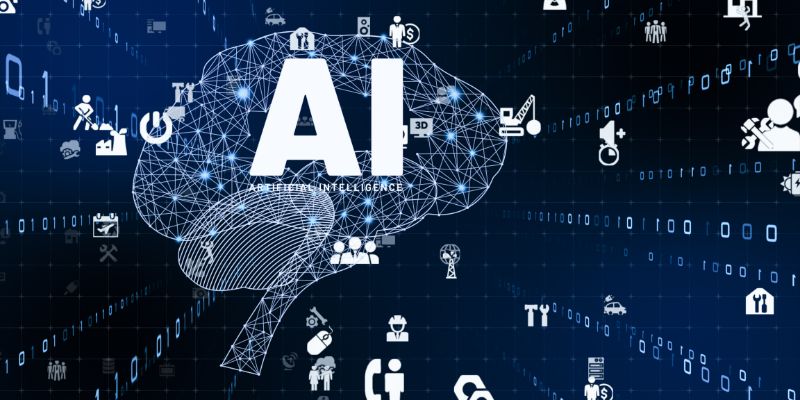
AI tools for solo businesses, best AI tools 2025, AI for small business, one-person business tools, AI productivity tools
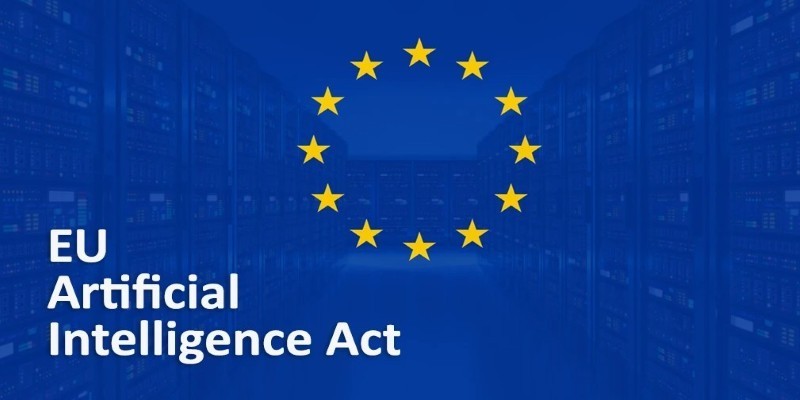
How AI Policy @Hugging Face: Open ML Considerations in the EU AI Act sheds light on open-source responsibilities, developer rights, and the balance between regulation and innovation

Explore how Nvidia's generative AI suite revolutionizes the Omniverse, enhancing 3D simulations, automation, and efficiency

Explore how AI enhances employee performance, learning, and engagement across today's fast-changing workplace environments.

Discover how AI in weather prediction boosts planning, safety, and decision-making across energy, farming, and disaster response
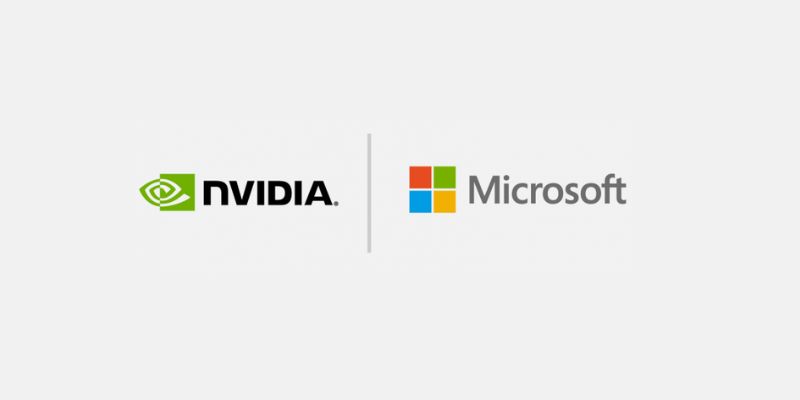
Microsoft and Nvidia’s AI supercomputer partnership combines Azure and GPUs to speed model training, scale AI, and innovation
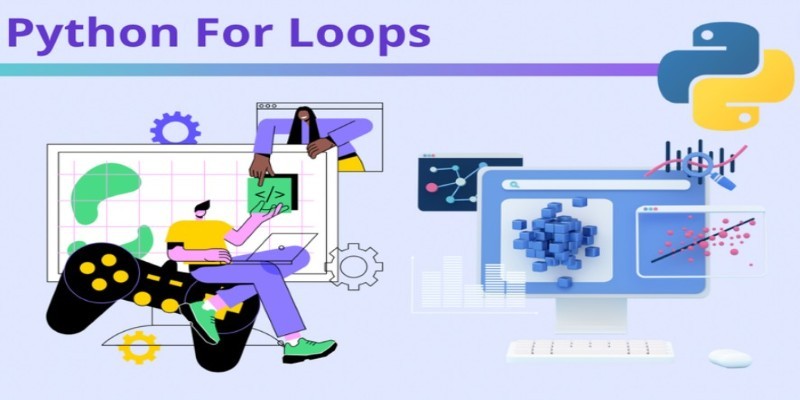
How to use a Python For Loop with easy-to-follow examples. This beginner-friendly guide walks you through practical ways to write clean, effective loops in Python

Can machines truly think like us? Discover how Artificial General Intelligence aims to go beyond narrow AI to learn, reason, and adapt like a human

Domino Data Lab joins Nvidia and NetApp to make managing AI projects easier, faster, and more productive for businesses
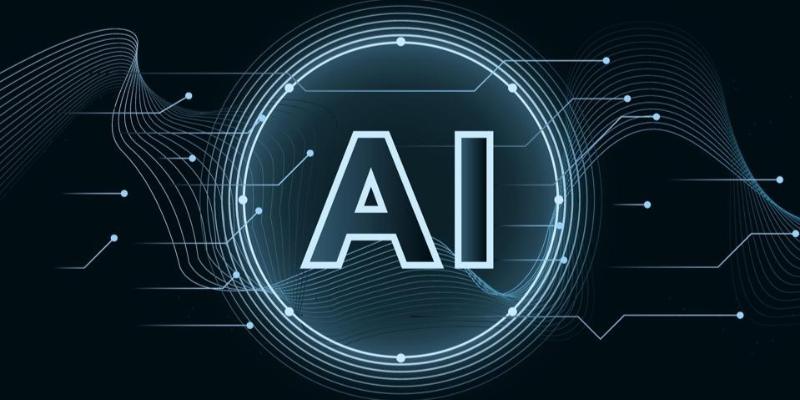
Learn the top 5 strategies to implement AI at scale in 2025 and drive real business growth with more innovative technology.

Can $600 million change the self-driving game? This AI freight company isn’t chasing hype—it’s delivering real-world results. Here's why the industry is paying close attention
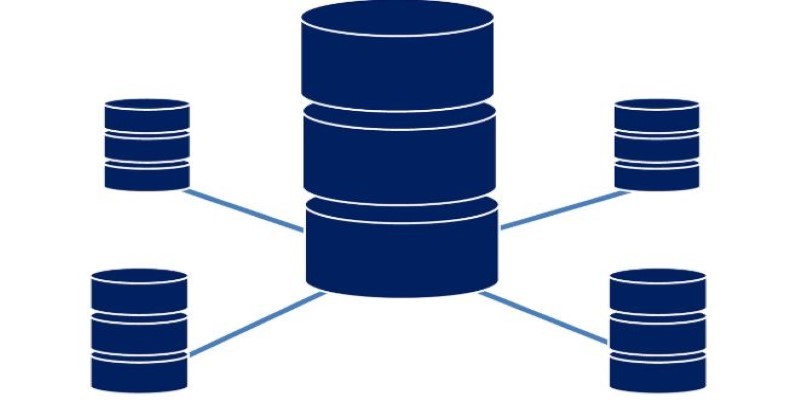
How interacting with remote databases works when using PostgreSQL and DBAPIs. Understand connection setup, query handling, security, and performance best practices for a smooth experience